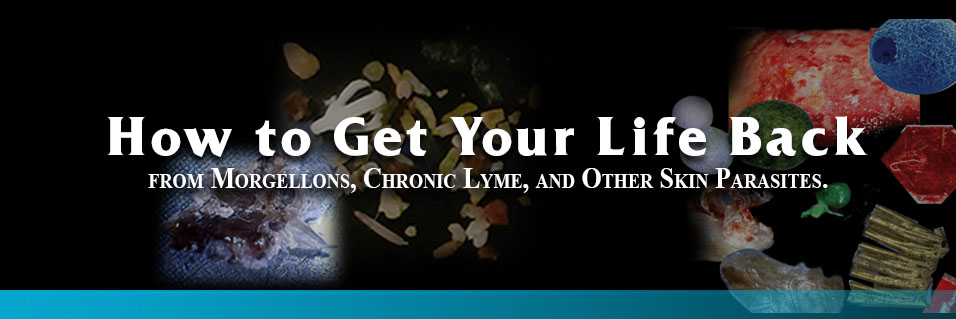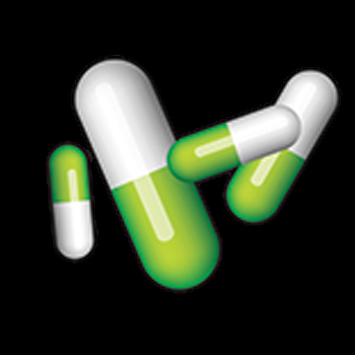I've been recommending that those with Morgellons and other skin parasites look into adding lufenuron for over a decade. Lufenuron is generally used as a pet medication for dealing with mites and all kinds of fungal organisms including Candida. Lufenuron (pronounced Lu fin u ron), is not recommended by physicians in the United States. However, the medication is widely used by veterinarians. The medication is one of the only medications that does not interact with any other medication and has absolutely no side effects. So, there is no limit as to how long you can take it.
It's purpose is to inhibit the production of chitin (pronounced ki tin). Chitin is the building blocks of all fungal organisms and is also the substance that all eggs shells are formed and mouth parts of mites. In other words, eggs laid by mature mites will not have hard shells and disintegrate and mouth parts of mites that are born will not mature. Now, remember, lufenuron does not affect mites that have already been hatched and lufenuron does not affect fungal organisms that already exist. Lufenuron only keeps them from multiplying. More about what to do for existing organisms later.
Lufenuron in this country, sold as a pet medication, is by law not to be used by humans. The source I have found for lufenuronis a website in Mexico operated by Dr. Luna. Over the years, Dr. Luna has been very helpful in assisting in providing lufenuron and developing the protocol for parasites sufferers and also providing not only lufenuron, but also fenbendazole and more recently he's adding a mite killer medication called Nitenpyram.
Recently, Marge, wrote in asking about the ingredients of lufenuron. Seems some posted on face book that lufenuron has aluminum in it which would be a big concern. I was certain that the lufenuron Dr. Luna provides has no other ingredients in it, but I wanted to confirm that fact and I asked him and this is his reply, "The size of capsule that we choose is based on not adding any filler or additions. Our Lufenuron is 800 mg of pure Lufenuron with nothing added. What they are reading is the ingredients in Sentinel dog flea treatment. It has Lufenuron in it, but adds other insecticides to kill the adults, which the Lufenuron does not do."
So, apparently there are other sources of lufenuron that you may find and all I can say is remember to be wary. We have worked with Dr. Luna and his wonderful associate, Nancy who answers their phone, for years. And if you talk to Nancy or Dr. Luna, you will find that they have dozens and dozens of testimonials from those we refer to them regarding the value of lufenuron. Seems that they like to write them more so than me with regard to their successes with lufenuron.
I'm only happy that so many get results. And, about a year ago, Dr. Luna added Fenben which has been a big help to us as well for cleaning out helminths, (nematodes) from the body. He also states, "Our Fenben is pure Fenben as well."
OK, so lufenuron inhibits the growth of mite egg shells, mouth parts and fungal organisms, now what about the existing mites and fungal organisms? This is what I have added to the protocol within the last year or so.
1. Chitosanase Enzymes to assimilate (break down) chitin in existing fungal organisms. And the incredible thing about this formulation of enzymes is that there's a bonus: the enzymes break down bio-film which, as you know, is a number one enemy of anyone dealing with Morgellons aka Lyme disease.
2 Calcium Deyclex, generally marketed as Undecylenic acid which inhibits the formation of bypae (the root-like portion of all fungal organisms that penetrate the host and derive nutrition from the host).
3 Regarding live mites living in one's skin, Dr Luna is adding Nitenpyram - another pet medication. But you need to speak to Nancy about this medication as they don't have it on the webpage for lufenuron and fenben at this time.
|



